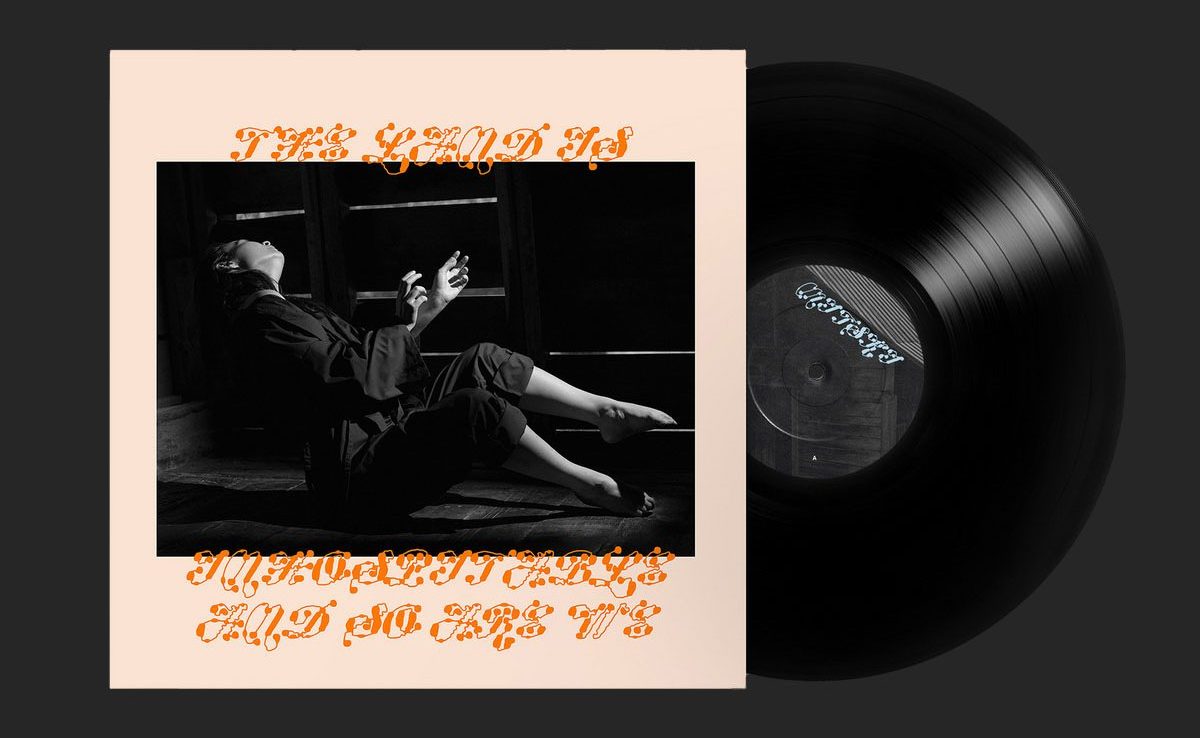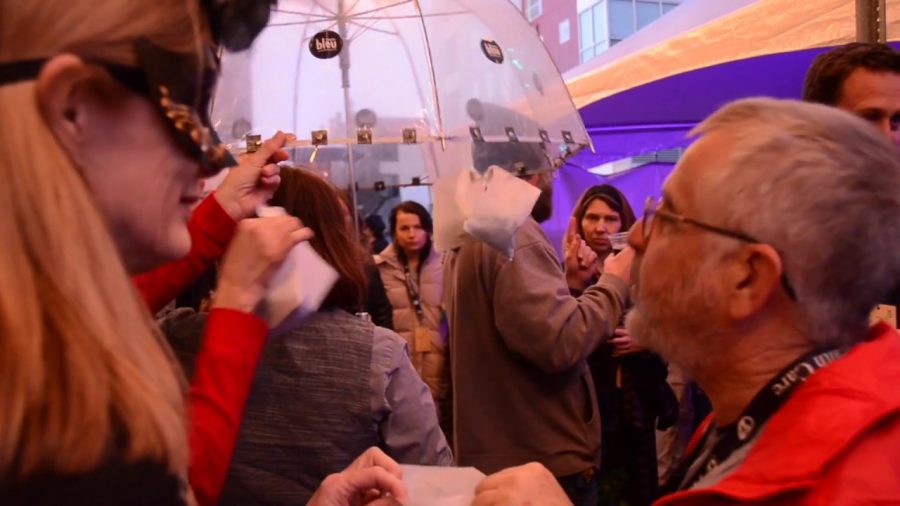
After Tiller, appropriately titled for the effects of Dr. Tiller’s assassination in 2009, features these four doctors and the challenges they face.
Dr. George Tiller was the medical director of Women’s Health Care Services in Wichita, KS, once one of just three clinics in the U.S. to provide late-term abortions. He survived the firebombing of his clinic, as well as a shooting in 1993. In 2009, Tiller was shot again, this time fatally, at his church.
After Tiller shows the four doctors who have continued Tiller’s work, each facing similarly life-threatening pressure. Each of their offices has various flyers hanging to instruct employees on how to handle threatening phone calls or how to determine the safety of a package that comes in the mail. The film makes it clear how risky the job is, as well as how each doctor deals with and personally justifies that risk.
In nearly all cases, the pregnant women who come seeking late-term abortions have found out that either their fetuses had severe or fatal birth defects or the fetuses were healthy but, certified by two other doctors, would be significantly dangerous or harmful to the woman. The film portrays well the mindsets of the women who come for these services, even if one, as an audience member, does not necessarily agree with the reasoning.
Regardless of personal opinion, After Tiller definitely features beautiful filming of the patients, showing shots of their fidgeting feet and shaking hands rather than their faces. You hear the tears in their voice, and the anonymity of their faces perhaps makes them a bit more relatable. Still, regardless of cinematographic effects, it seemed like After Tiller was not the kind of movie that would change one’s stance on abortion. Those who were pro-choice would have found evidence in the film to stay pro-choice, especially when a mother’s reasoning for aborting the fetus did not seem as solid as others’, or when one of the doctors admits that she views the aborted fetuses as babies, while pro-life viewers would have similarly found footage that solidified their own beliefs, such as when that same doctor talks about the dignity of allowing those babies to die without living short and painful lives.
The film is more informative than thought-provoking, though. After Tiller addresses the idea of ‘living’ versus ‘quality of life,’ though it does not really investigate the debate. It similarly touches on how the four doctors decide which cases justify a late-term abortion and which do not. The overwhelming lack of doctors who provide first-trimester abortions but oppose of the late-term variety made it seem like the film was trying to justify the pro-choice argument, though. It seemed like late-term abortions were portrayed as much more justifiable and supported than they are — after all, only four doctors in the entire nation are willing to provide them, so they are obviously not as widely accepted as the film makes them out to be. It shows radical pro-life advocates, but it doesn’t really show less extreme advocates.
Overall, After Tiller would be a great film to see for those interested specifically in late-term abortions, but, for me, it was a bit too textbook-like to digest.
By Nomin-Erdene Jagdagdorj
























































































Trisha Chaudhary • Mar 3, 2013 at 1:18 pm
Though I agree that After Tiller was beautifully made and did a great job of sharing the patients’ stories, I completely disagree that it wasn’t provoking. After watching the movie, my friends and I had a long conversation about the exact thing presented in the movie: living vs. quality of life. I thought the movie presented the huge gray area that comes with the issue of abortion, which people so often think of as a black and white issue. I thought that because the filmed showed the struggle that even these doctors felt about their professions made us really take a step back and think about the issue.
I did think that the film did a good job of staying objective throughout the movie and didn’t lean one way or the other, which made it even stronger.
I would highly recommend After Tiller.